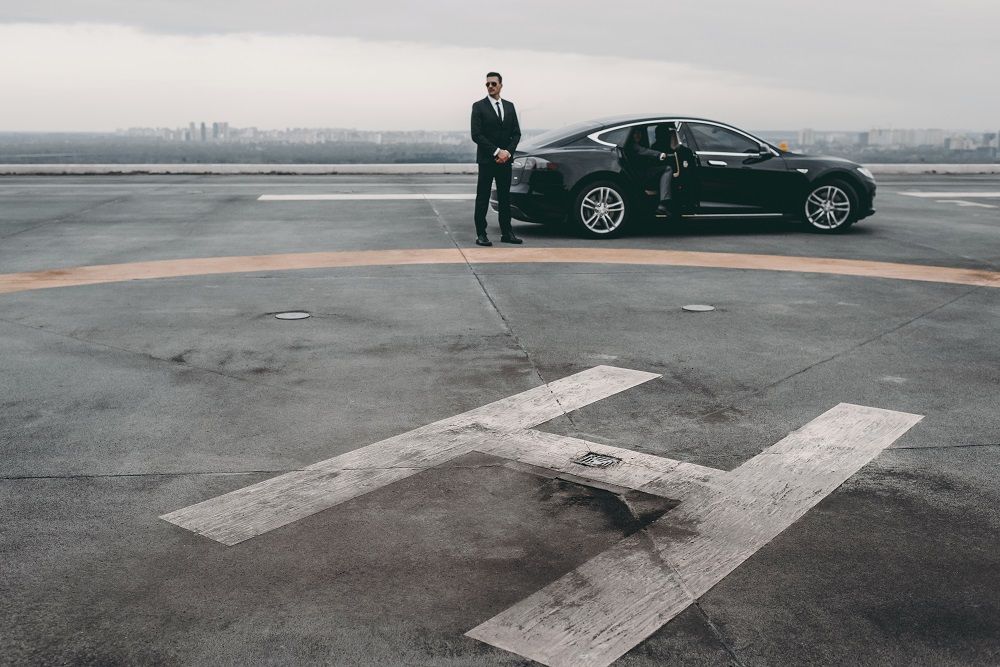The sharp rise in vaccinations and a steep decline in coronavirus infections are credited with Australian business travel returning. However, there are still concerns about travel after the pandemic.
Employees, HR managers, and C-suite executives know that COVID-19 infections can result in border closures and renewed quarantine. Business travellers who need to travel from Point A to Point B or any other place in the world to work face more uncertainty due to reduced flight schedules or seat shortages.
Business leaders have never been more conscious of the responsibility they have to provide care for their employees while on business. It is the law of a company to ensure that the staff member is supported and cared for if they are sent somewhere.
A year ago, business travellers weren’t more worried about losing their luggage or missing a connection. Nobody worried about getting a deadly disease. Travellers are more aware of the risks associated with travel today than ever before.
The organization’s chief safety officer, travel managers, and human resources director are responsible for ensuring that travellers are safe. They are trusted by employees to ensure their safety. CEOs also rely on them because they have a duty to care for their employees and to avoid any undue or unnecessary risk.
It is an important responsibility to protect your employees. Although business leaders may not be experts in disease transmission and prevention, they must make tough decisions at times. This has been more than 100 years since a pandemic on this scale. It is imperative that business leaders recognize the need to seek expert guidance and work closely with specialists in order to plan and execute the necessary risk mitigation strategies to ensure employee safety.
Employers need to be able to show that they have adopted best practices for their employees and business. Employers cannot simply send their employees out on the road hoping for nothing to go wrong. Today, the old saying “hope isn’t a strategy” holds truer than ever. They must take concrete, measurable, and actionable steps to respond to real emergencies, whether they are COVID-19, an incident, or a natural catastrophe.
Although video conferencing may reduce business travel volume in the near future, it is not a substitute for being together in a room with others. People will continue to travel long distances for business meetings with others, even though the days of one-on-one meetings may be over.
Remote working is proving to be a great option for people. For some industries, the days of being tied to an office will be gone. It’s also possible to combine business and leisure travel in new ways.
Some people may prefer to work remotely and travel for longer periods of time, then return to their office for shorter periods. Business leaders will need to take a fresh look at each of these possible changes in order to prepare for the changing characteristics of business travel after a pandemic. They should not only hope for the best but also be ready for the worst.
Personal close security is a must in this ever-changing world. The need for bodyguards, especially high profile or employees who have to travel through dangerous areas in Australia and abroad, is increasing.



